Or is his name Bob?
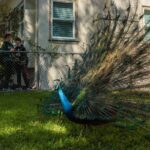
Sign up for our free weekly newsletter and understand everything better!
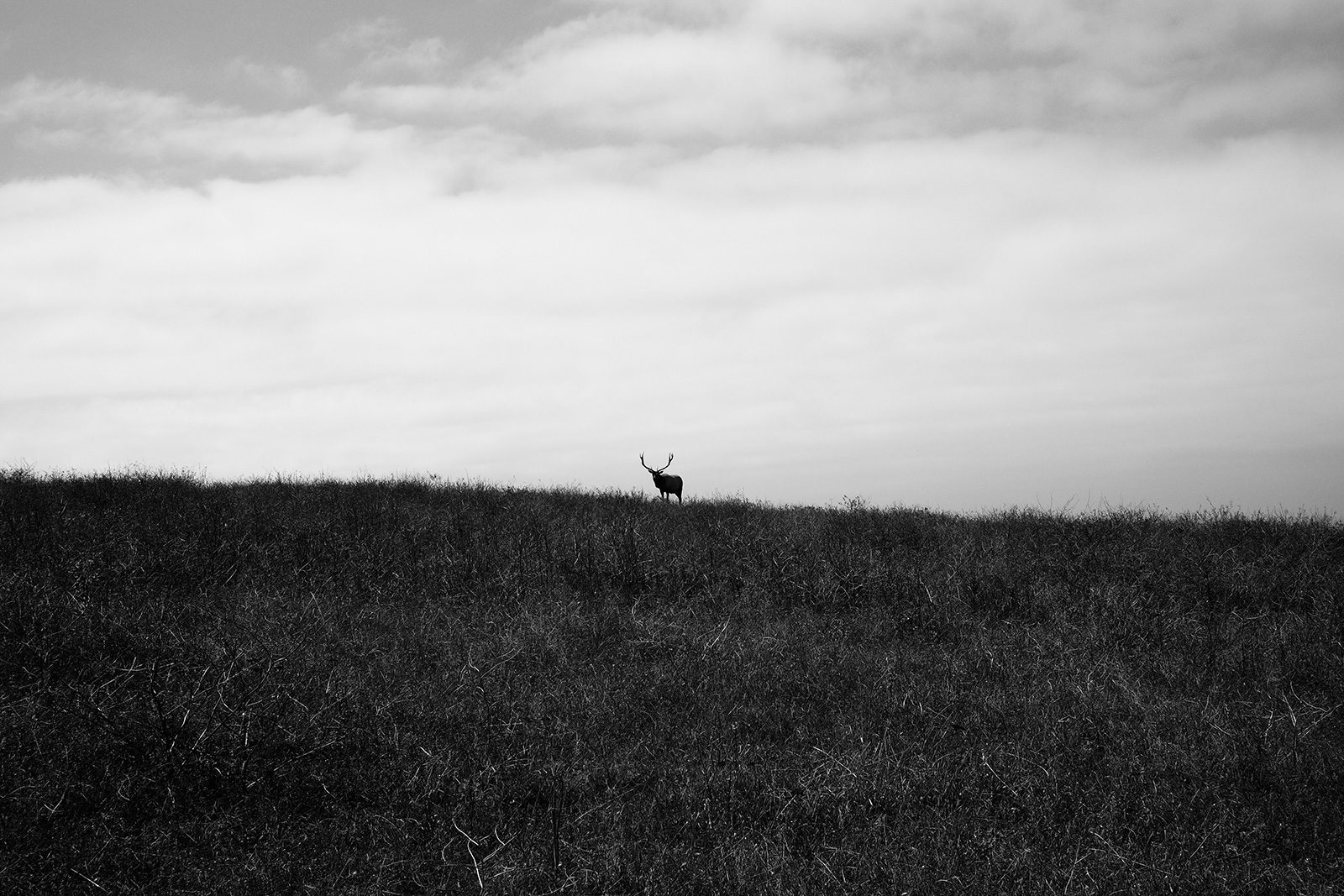

Or is his name Bob?

Look closely on a spring day, and you will find an emerald gleam on ubiquitous coyote brush.
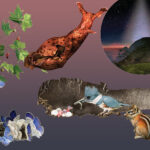
Words by Bay Nature staff; illustrations by Jane Kim. This year’s spotlight: The night sky. (Illustration by Jane Kim) Night sky: Zodiacal light Find a location free of artificial light, like the Point Reyes National Seashore, with a clear view … Read more
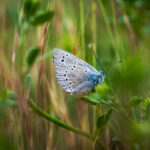
The Xerces blue, long gone from San Francisco, became a symbol of the fight against extinctions. Now scientists are sending in a replacement to the dunes of the Presidio. Will it take?

As statewide funding for disease surveillance runs out this year, here’s what to look out for—and how to be a friend to your local snakes.
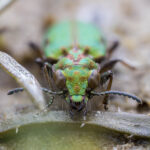
The quarter-inch-long, brilliantly colored Delta green ground beetle is “still a bit of a mystery,” even to experts.
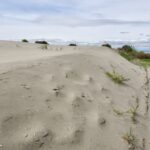
Maybe we can save the Lange’s metalmark. Or maybe there’s a stand-in, waiting in the wings?
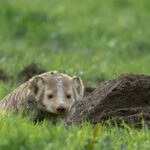
“When I took a closer look through my lens, I saw the mound had fur and a pinkish nose,” writes wildlife photographer Vishal Subramanyan.
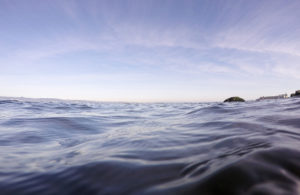
New radio towers are bringing a sea-change in wildlife tracking.

“One of nature’s great powers is to provide the metaphors we seek, and in this issue of Bay Nature, I see healing everywhere,” writes editor-in-chief Victoria Schlesinger.